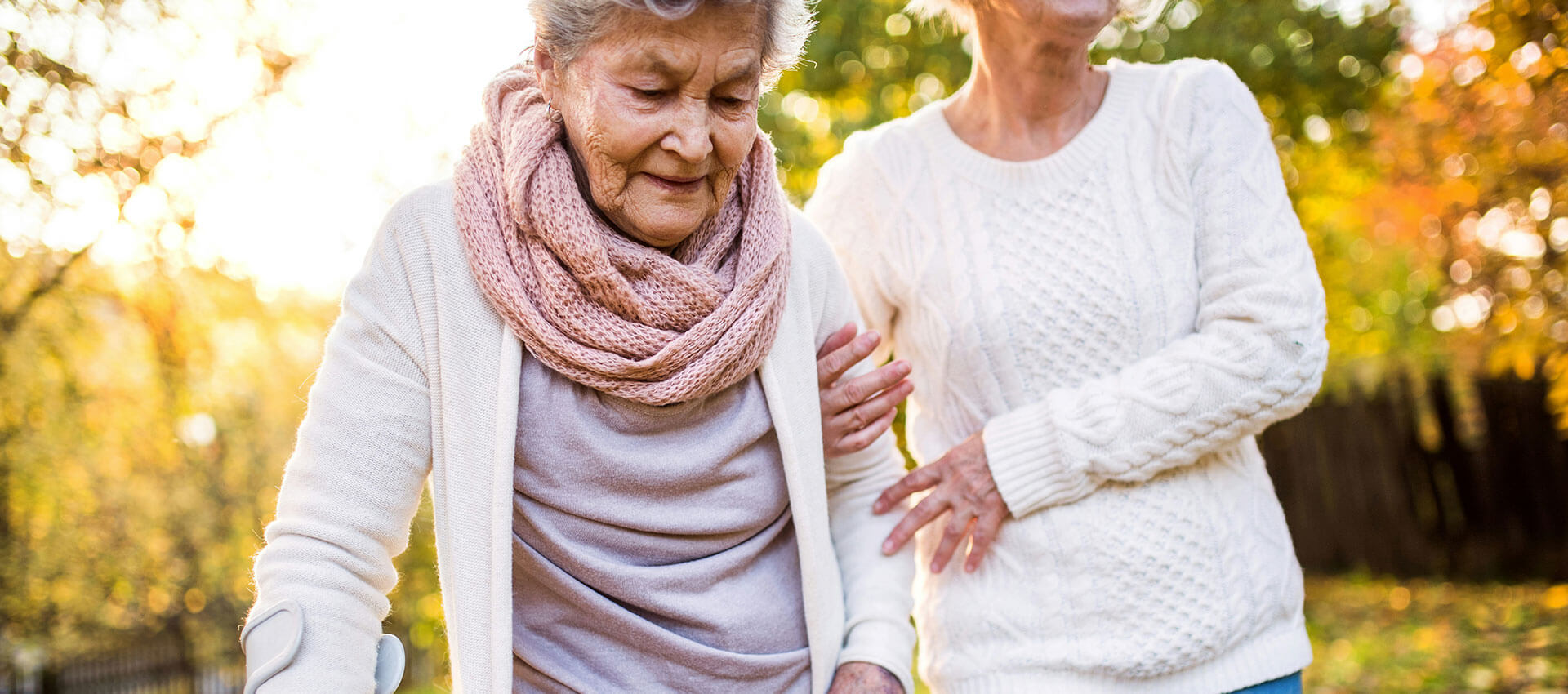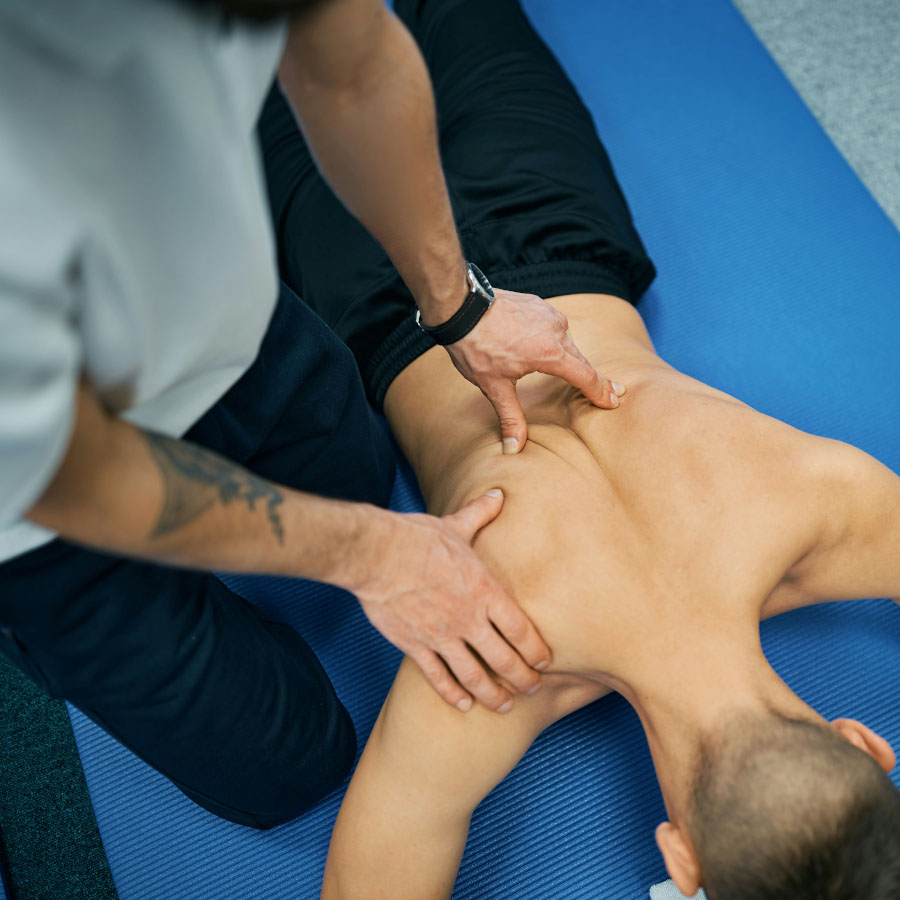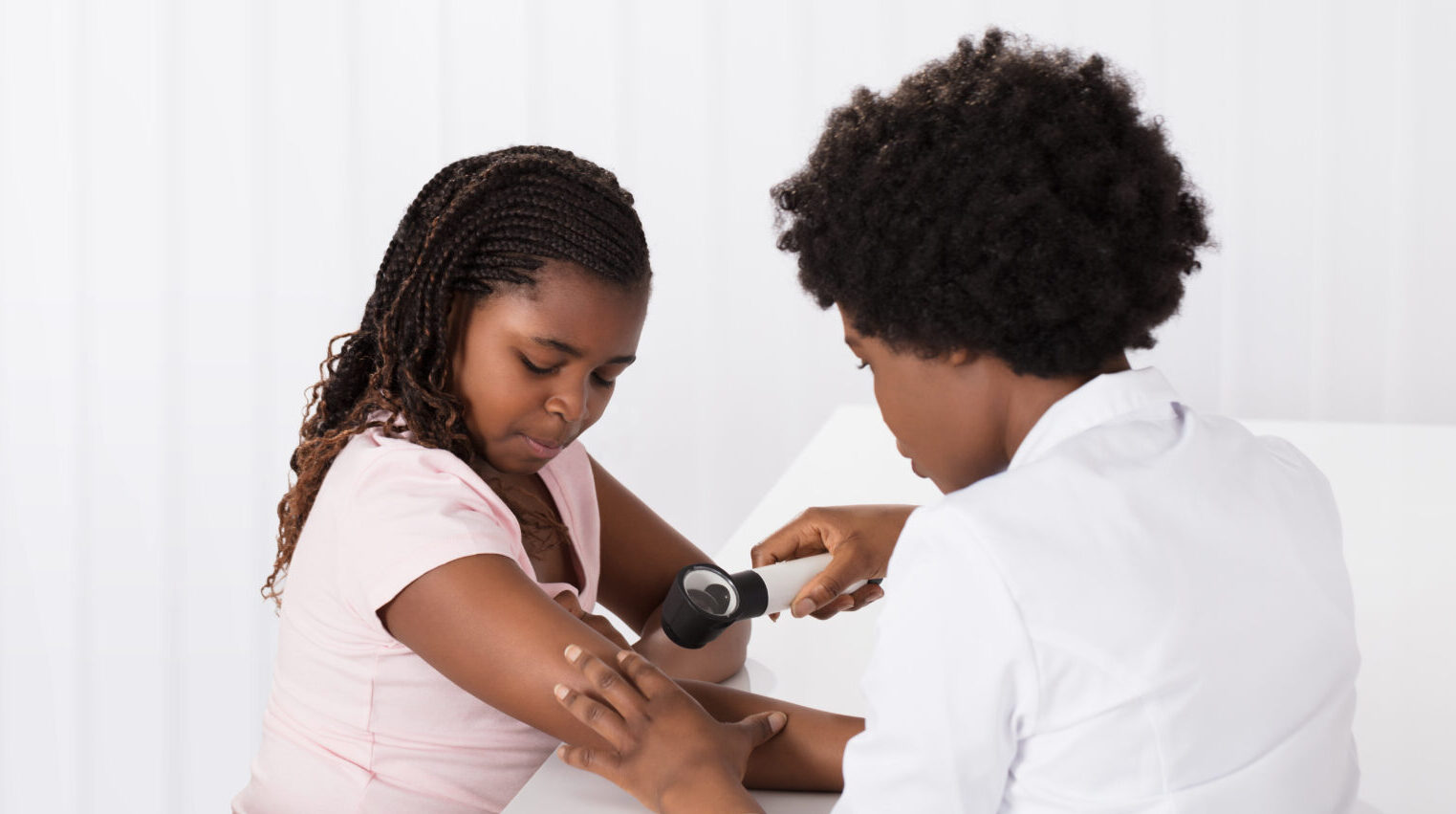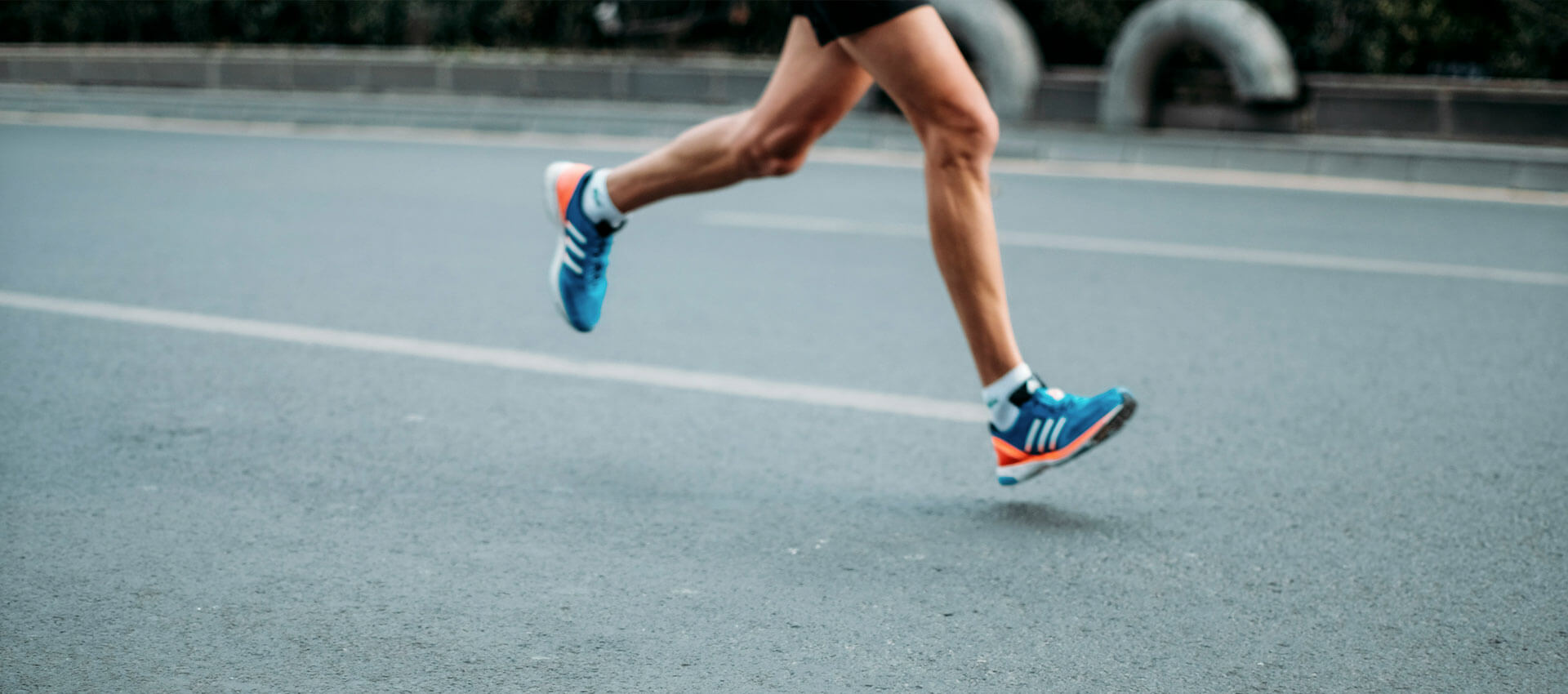
Author: Sam Peters, FRP, Rehabilitation and Training Operations Manager
The Borg Scale of Perceived Exertion is a tool designed to measure how hard you are working whilst exercising. Perceived exertion is a measure of how intense you find an activity whilst considering things such as your heart rate, breathing rate, perspiration rate and levels of muscle fatigue.
Although measuring your exertion this way is subjective based on your own experiences, using the Borg Scale will allow you to keep objective measurements against certain activities and compare them as your fitness levels improve or time passes.
How Borg Scale of Perceived Exertion Works?
The Borg Scale uses a 14 point scale starting at 6 (no exertion at all) and finishing at 20 (maximal exertion). It is generally agreed that ratings between 12 to 14, would indicate the activity you are performing is being done at a ‘moderate level’ of intensity.
| The Borg Scale of Perceived Exertion | |
| Rating | Intensity Level |
| 6 | No Exertion |
| 7 | Extremely Light |
| 8 | |
| 9 | Very Light |
| 10 | |
| 11 | Light |
| 12 | |
| 13 | Somewhat Hard |
| 14 | |
| 15 | Hard |
| 16 | |
| 17 | Very Hard |
| 18 | |
| 19 | Extremely Hard |
| 20 | Maximum Exertion |
Through monitoring your perceived exertion over time, you’ll find it’ll become easier to adjust your exercise to stay within a certain range of intensity levels. Also, the more you use the scale the more reliable your ratings will become. This means that you’ll get the most out of the activities you’re performing by not working too hard or too easily!
It is important to take care when exercising, so if you find that your intensity level is too high or you have any form of chest pain, dizziness or extreme fatigue, to contact your GP immediately.
Information & Guidance
Access our Health Hub
Long Term Condition
People living with Long Term Conditions (LTC’s) are more likely to experience mental symptoms due to their physical symptoms causing anxiety, worry, overthinking and avoidance.
Related Articles

Preventing falls & frailty: Simple daily tips for healthy ageing
Falls are one of the leading causes of injury as we age, but they’re not inevitable.
The benefits of physical activity for mental health
The benefits of finding even small moments for movement in our everyday lives are great.

Golf – Getting Back to the Greens Safely

Work related pain and injuries


















